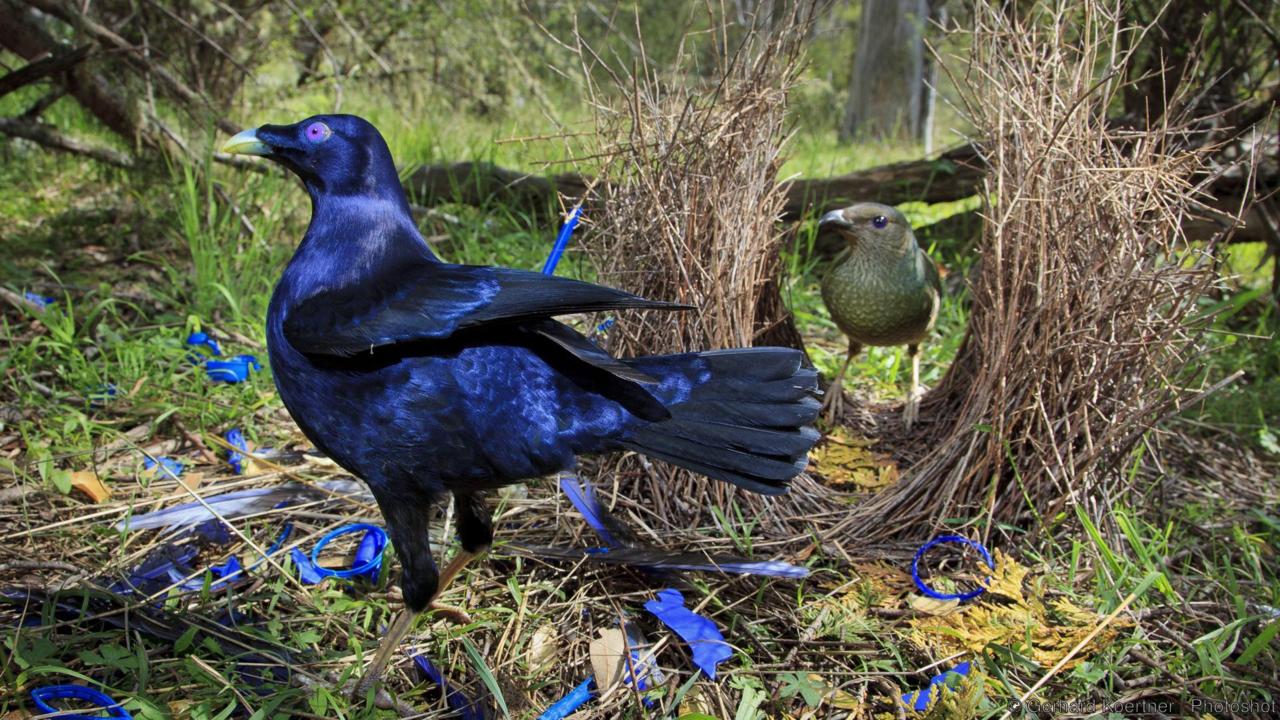Many people seem incapable of romance; it may be a surprise that some animals are capable of this human emotion. Here are few animal species which you might not expect to have a soppy and lovey dovey side.
Wolf Eels
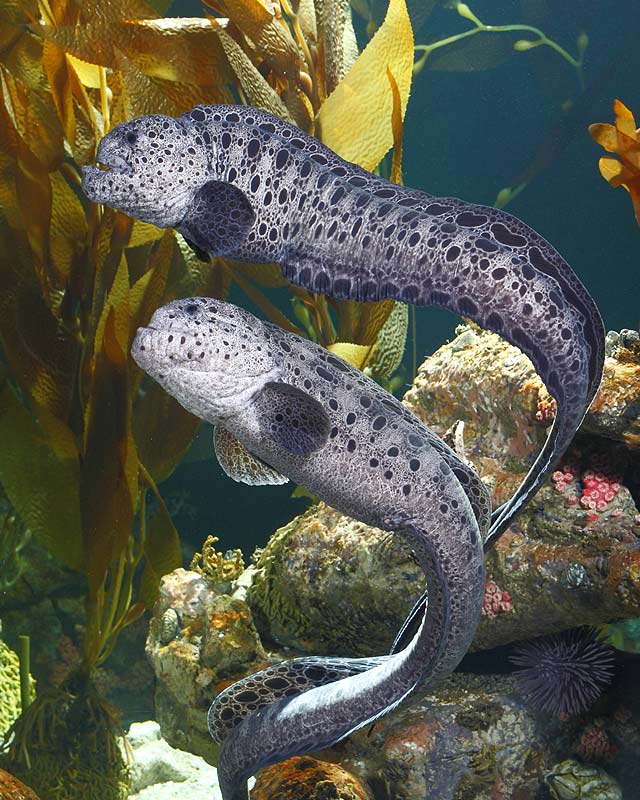
The romantic side of the wolf eel has been observed in aquariums. The mates set up home in a single crevice in rock. When the pair breeds, they produce hundreds of yellow eggs. Both male and female take their turns to guard their babies while the other goes out to feed. In aquariums, this partnership can last the length of the fishes’ lives, up to 28 years.
Albatrosses
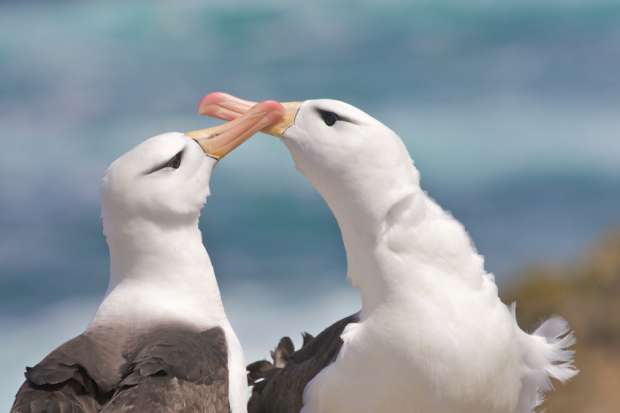
Albatrosses mate for life because there is so much riding on the success of their mating. They breed slowly and only lay a single egg at a time. By having a pair of adults dedicated to each chick, they increase the chances of their young surviving to adulthood. What makes the albatrosses’ dedication to their partners all the more remarkable is that their unions can last for decades despite the pair spending months apart each year while gliding over the waves of the ocean, only reconnecting on their island.
Bowerbirds
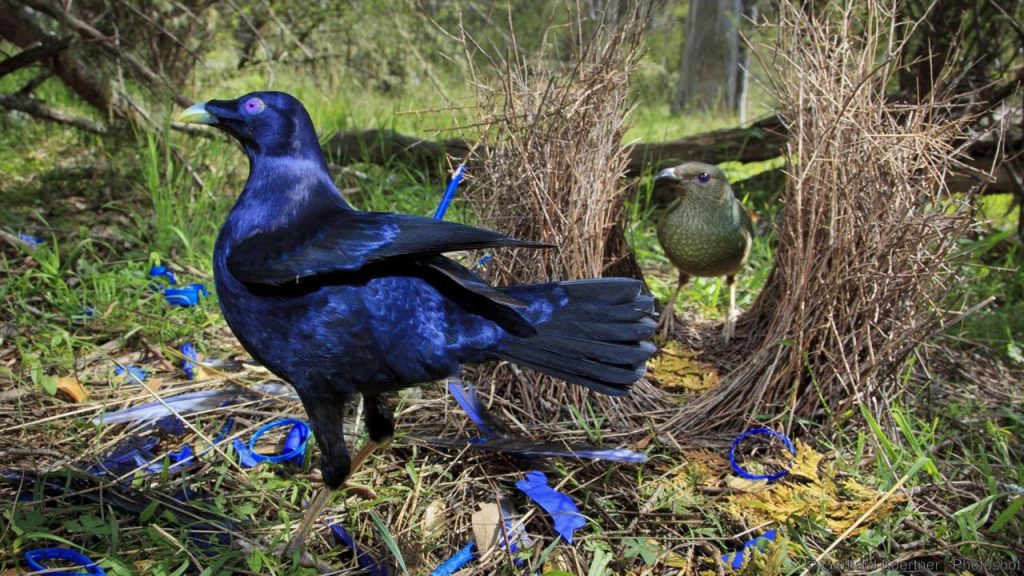
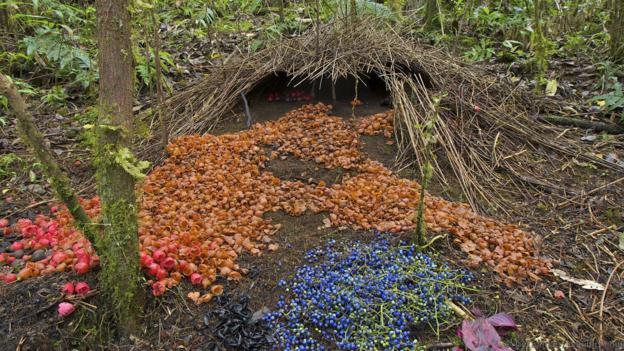
The bowerbirds get their name from the structures males build to impress females. These bowers are collections of twigs and leaves where a male can display himself to females. Around his structure, he places colorful objects. Berries, shells, and leaves are traditionally used as decoration. Female bowerbirds may visit several bowers before choosing the male that has done the best construction job and does the best mating dance. Once the mating is done, most female bowerbirds will build the nest and raise the chicks alone.
Mantis Shrimp
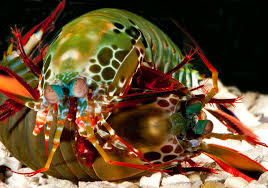
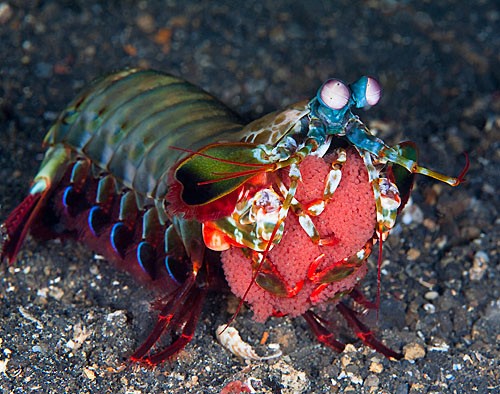
http://mantisshrimpresource.weebly.com
Unusually for invertebrates, the peacock mantis shrimp is generally monogamous. Once the female has chosen her mate based on his flashy carapace, she will accept the package of sperm that he passes to her. She then releases her eggs, and they are fertilized by the sperm. She then takes the eggs back to her burrow, where she will guard them, clean them, and make sure they receive oxygenated water. The father has limited involvement, and the mother will not eat until after the eggs have hatched. Despite this dereliction of duty, the pair will remain together.
Seahorses
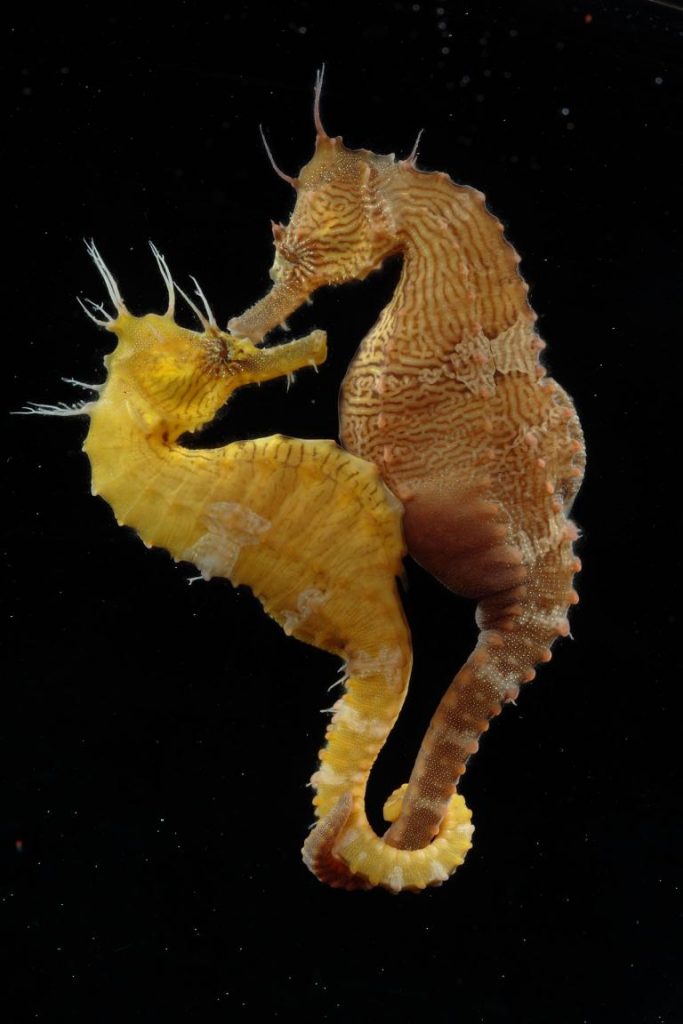
https://news.nationalgeographic.com
Before a male and female seahorse mate, they spend up to several days dancing around each other. This may be to assess each other’s fitness for breeding. Once a male and female do match up, though, their mating takes a strange turn. The seahorses line up, and the female uses an organ called an ovipositor to place her eggs inside a pouch on the male’s belly. In each mating, up to 1,500 eggs can be transferred. The male seahorse then incubates the eggs until they hatch. As soon as they leave their eggs, the tiny seahorses are self-sufficient. The male expels them from the pouch and immediately looks for another seahorse to dance and mate with.
Bonobos
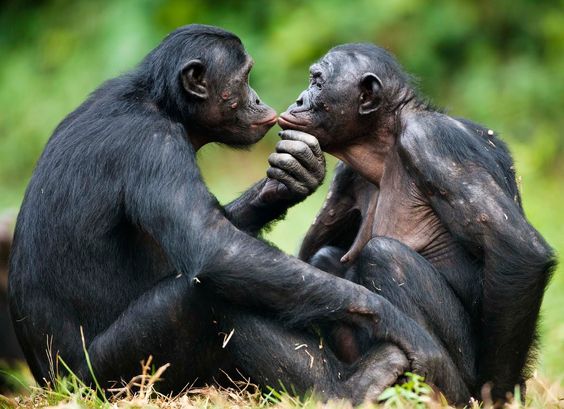
Bonobos are one of humanity’s closest living relatives—we share 98.6 percent of our DNA with them. Unlike prudish humans, the bonobos have brought sex out of the bedroom and make use of it in situations that would never occur to us. Female bonobos have a dominant place in their society, and they use sexual acts to ease social interactions. When bonobo females encounter a high-stress situation, they will engage in genital touching to reassure those around them of their place in the hierarchy. While two rival bands of chimps will often fight each other if they come into contact, bonobos will defuse the tension by performing an impressive array of sexual acts on each other.
Great Hornbills
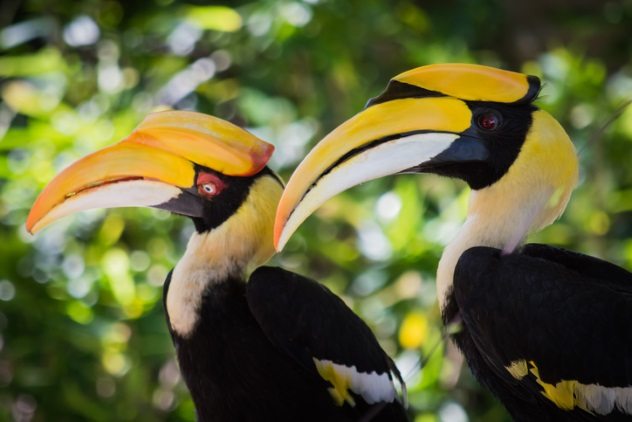
Before choosing a mate, female hornbills will watch males headbutt each other until one wins her approval. Once this display of male bravado is over, the pair of lovebirds set up a nest, usually looking for a hollow high in a tree. The two birds mate, and the female begins her unique form of interior decoration. Using her own feces, and those of her partner, she will erect a wall that seals her inside. Behind this poop wall, the female lays her eggs and incubates them. There is a small gap in the wall through which the male delivers food. For five weeks after the eggs hatch, the female remains walled up with her babies, dependent on her partner for food.
Pufferfish
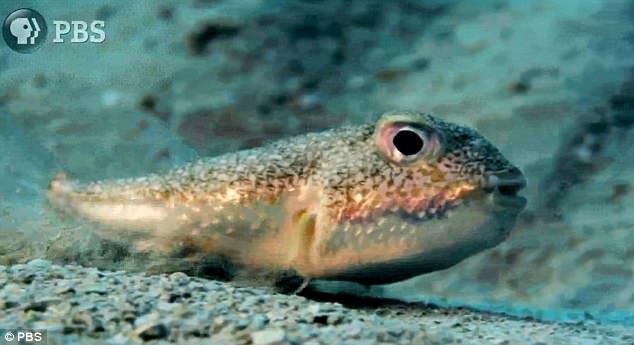

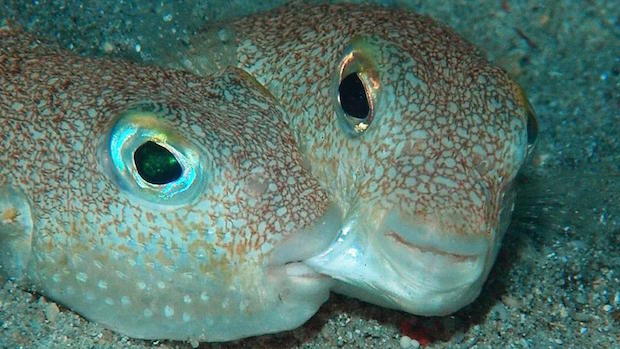
The male pufferfish is only around 13 centimeters (5 in) long, yet he will build a sand structure up to 2.1 meters (7 ft) across. And he does all this to attract a mate. Male pufferfish make the structures by flapping their tiny fins against the sand and nudging the floor with their noses. To further decorate the structure, the male will pick up shells and lay them on the ridges. Because the site is made of sand, the male pufferfish has to constantly repair it as the tide threatens to destroy it. All the effort pays off when he wins himself the attention of a mate.
Related Content
Leave your vote
This post was created with our nice and easy submission form. Create your post!

